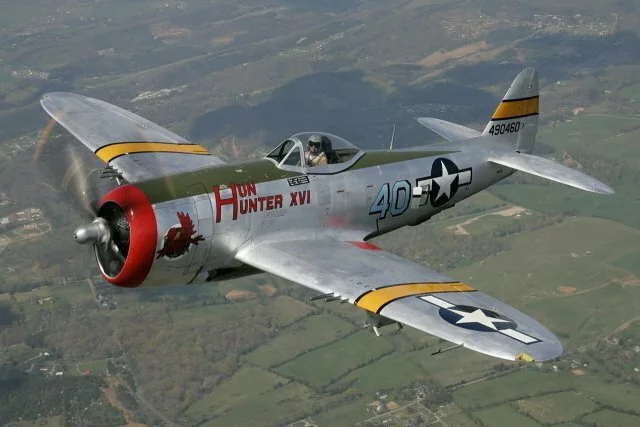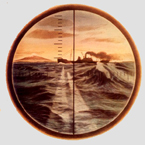mdiehl
Posts: 5998
Joined: 10/21/2000
Status: offline

|
quote:
Yeah and it was ready and operable in 1944 to kick the Schwalbe's ass,just like yoi said.
Well, that's not what I said, but let's review.
The P-80 was good enough that it was ready for operational trials in January 1945. Some 40 of them were available in the first full unit trained in their use by July 1945. Two of them were in the UK in January 1945, and two more in Italy a bit later. I think we can agree on all that.
Based on that, I suggested that had the United States really felt the need to do so, they could have put the P-80 into production on the order of 6 months earlier. To do so would have required a remarkable expenditure of funds of course, but given the miracles of production and organization demonstrated in the US vis a vis turning auto factories into aircraft factories, knocking out the P-51 from concept to roll-out in 90 days, and making C2 cargo vessels a prefab-modular component assembly line ship, I think it could have been done. Had the US been pressed, the deed could have been done.
That it was NOT done reflects three general characteristics of the war in mid-1944. After July 20 1944, the ultimate outcome of the war in the ETO was no longer in doubt. Moreover, after June 1944, the Luftwaffe was on the ropes. A few (or even a hundred more) ME-262s would not make any important difference, and the USAAF was enjoying such success against ME-262s that there was no need to deploy an Allied jet in theater.
Finally, the only way an ME-262 was going to get into combat against a P-80 would have been if the US had staged the a.c. from an airfield in France. Why? Because the ME-262 had such limited endurance that it spent most of its flight envelope (time-wise) either landing or taking off. It had no legs. The P-80 was somewhat better vis a vis range, but it was still a jet. And that means "short range" -- at least compared to P-51s, P-47s, and P-38s.
The ME-262 was a jet that was rushed into production before it was really ready. Thus it had engines that tended to stall, or explode, depending on luck, if the throttle setting was altered too rapidly. It was not as dangerous to its own pilot as the lamentably useless ME-163 Komet, but it was not nearly as safe an a.c. as, say, the FW-190, vis a vis mechanical reliability.
So the US chose not to deploy a "not quite ready for prime time" and otherwise strategically "not too valuable in the ETO P-80" where Germany did choose to deploy the "not quite ready for prime time" and otherwise "strategically not too valuable in the ETO ME-262." Of the two strategically irrelevant designs, which were rough contemporaries, the P-80 was simply better.
< Message edited by mdiehl -- 2/23/2007 2:11:23 AM >
_____________________________
Show me a fellow who rejects statistical analysis a priori and I'll show you a fellow who has no knowledge of statistics.
Didn't we have this conversation already?
|
 Printable Version
Printable Version







 Mdiehl uses insults after he has run out of arguements, and later deletes them cuz he realizes it is not wise to GENERALLY bash a country where the poster comes from. He is banned for this from time to time.
Mdiehl uses insults after he has run out of arguements, and later deletes them cuz he realizes it is not wise to GENERALLY bash a country where the poster comes from. He is banned for this from time to time. 

























 New Messages
New Messages No New Messages
No New Messages Hot Topic w/ New Messages
Hot Topic w/ New Messages Hot Topic w/o New Messages
Hot Topic w/o New Messages Locked w/ New Messages
Locked w/ New Messages Locked w/o New Messages
Locked w/o New Messages Post New Thread
Post New Thread